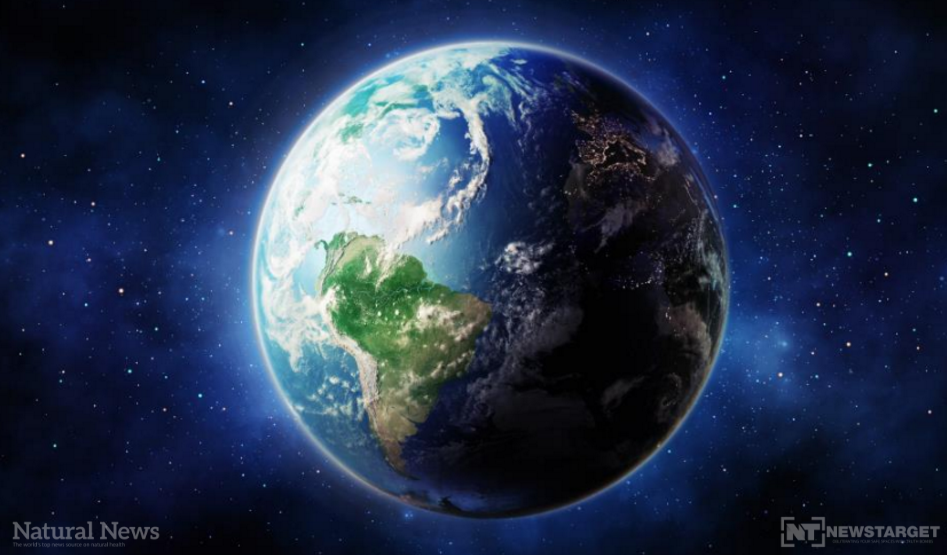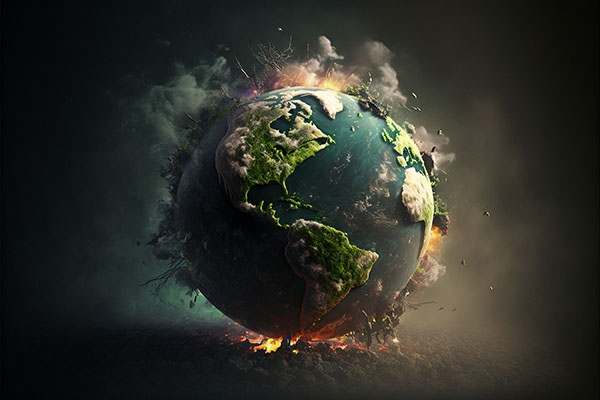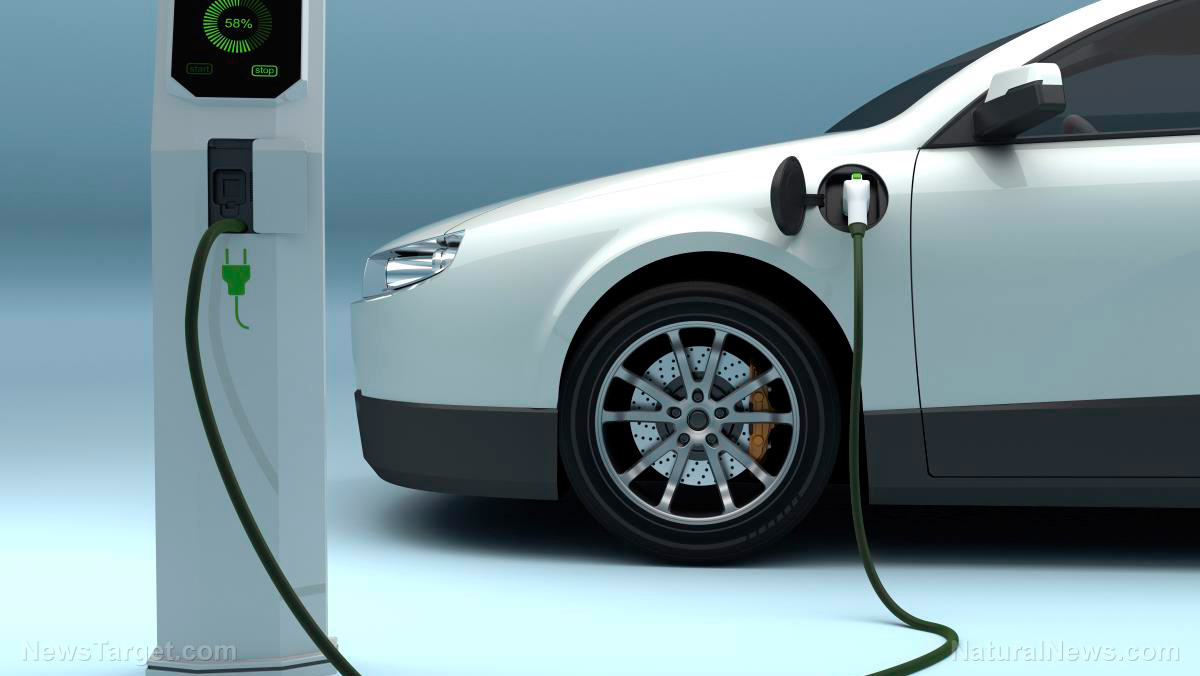
Its exact cause remains unknown, although experts posit that the amount of sunlight that Earth received must have dropped to a critical level to warrant such extreme conditions.
But researchers from the Massachusetts Institute of Technology argue that Snowball Earth is more likely the product of rate-induced glaciations. This means that Earth is tipped into a global ice age because of a rapid decrease in the sunlight that it received, instead of a radical drop in radiation levels per se.
"There are lots of ideas for what caused these global glaciations, but they all really boil down to some implicit modification of solar radiation coming in," said Constantin Arnscheidt, one of the authors of the study. "But generally it's been studied in the context of crossing a threshold."
The findings of the study are published in the journal Proceedings of the Royal Society A.
A giant snowball in space
Experts agree that Snowball Earth emerged out of a runaway effect involving ice-albedo feedback.
Reduced radiation led to ice expanding from the poles to the equator, resulting in more ice covering the globe and the planet having higher albedo. Albedo refers to how much light that hits a surface is reflected without being absorbed. In Snowball Earth, this means much of the solar radiation that hit the surface bounced back and had a weaker heating effect. As a result, Earth cools further and more ice forms, reaching a point of global glaciation.
In the study, the researchers developed a simple mathematical model of the Earth's climate system that includes the ice-albedo feedback. They devised equations to represent relations between incoming and outgoing solar radiation, the surface temperature of the Earth, the amount of carbon dioxide in the atmosphere, and the effects of weathering on atmospheric carbon dioxide.
Their model shows that Earth is more likely to freeze if incoming sunlight decreased beyond a critical rate. This means that radiation levels do not have to drop below a critical threshold level to induce a global ice age. But if levels decreased at a particular speed, it could plunge the planet to Snowball Earth.
But what that particular speed is, the researchers are uncertain as the model is a simplified representation of the Earth's climate. They estimate, however, that Earth would have to experience a two-percent drop in solar radiation over a period of about 10,000 years to tip into a global ice age. (Related: While the world debates global warming, solar physicist warns of coming Ice Age.)
What caused the decrease in incoming sunlight?
Scientists still do not know the reason why incoming sunlight decreased during that time.
They hypothesize that a sequence of massive volcanic eruptions could have lofted sulfur aerosols into the stratosphere where they remained for a significant amount of time. These particles likely blocked incoming sunlight which set off global cooling. Estimates for when the eruptions occurred are around 717 million and 719 million years ago -- coinciding with the first and longer of the two Snowball Earth episodes.
Another theory holds that primitive algae may be equipped with mechanisms that contributed to the formation of light-reflecting clouds. Meanwhile, another theory blames the breaking up of the Rodinia supercontinent. In this scenario, rainfall in the continental areas surged, consequently increasing the weathering of crustal rocks. This weathering of rocks reduced the concentration of carbon dioxide in the atmosphere, resulting in a colder climate.
Meanwhile, Arnscheidt and his colleague hope that future studies will concentrate on events that could specifically decrease incoming solar radiation at a rapid rate, in line with their findings.
ClimateScienceNews.com has more real climate stories.
Sources include:
Please contact us for more information.























